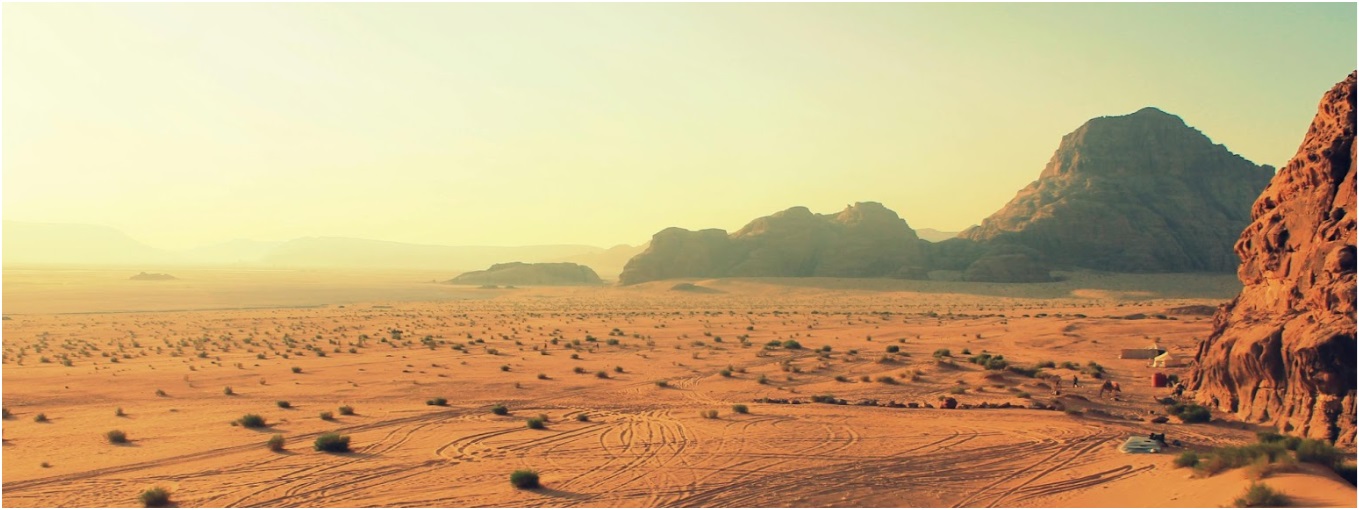
Published on 04/15/2025 08:53:44
Some places don’t need words to leave a mark. Deserts—endless stretches of sand, sun, and silence—have a way of seeping into the imagination. And for game developers, that silence speaks volumes. These sunburnt environments show up time and time again across titles, reshaped and reimagined. Why? Maybe it’s the rawness. Maybe it’s the way they whisper stories, without shouting. Either way, deserts have found a second life inside game engines.
Deserts have long captivated game developers, offering a canvas of endless sand, sun, and silence that fuels the imagination. The American Southwest, particularly Arizona, stands out with its iconic landscapes—cacti silhouetted at dusk, copper-colored cliffs, and the unique play of light on stone at midday. These elements subtly permeate game worlds, providing authenticity and immersion. But Arizona's influence extends beyond visual aesthetics.
The state's cultural and recreational facets inspire various aspects of game design—from the rhythms of traditional music festivals and Native American storytelling, to the adrenaline of desert motorsports and the quiet mystique of stargazing in remote canyons. The thrill of chance and strategy found in gambling and online casinos has parallels in game mechanics.
This connection naturally sparks the question: Can I gamble online in Arizona? The answer is encouraging. While the state hasn’t launched its own regulated online casinos, players can legally access reputable platforms that offer not just a variety of games—like immersive slots and live dealer tables—but also generous welcome bonuses, ongoing promotions, and loyalty rewards. These platforms offer smooth payments, mobile access, and round-the-clock support—delivering convenience and game-like excitement for Arizonans.
This layered inspiration—from terrain to tradition—adds dimension to how deserts are represented in digital spaces. It’s not just about what the player sees, but what they feel: tension, wonder, resilience. That emotional charge carries seamlessly into gameplay, setting the stage for the stark, reflective tone that so many desert-based narratives thrive on.
There’s something oddly comforting about being dropped into the middle of nowhere. In games, that nowhere is often a desert. Not just a backdrop—but a mood, a vibe. It forces the pace to slow. The player doesn’t just explore—they endure, they reflect, they adapt. In Journey, the sand feels like a character. Not one with dialogue, but presence. The way it moves, shines, shifts underfoot—it’s not just pixels. It’s part of the player’s inner rhythm.
Other games crank that desert energy in a whole different direction. Mad Max, for example—gritty, feral, post-apocalyptic. The environment isn’t just harsh; it’s hostile. A player’s success depends not just on skill, but on reading the land. That’s part of what makes desert design so compelling—it strips things down to survival.
And survival’s a story in itself.
No virtual dune looks striking by accident. Designers craft them with purpose, because immersion depends on believability. Real-world deserts serve as blueprints—especially the rugged beauty of the American Southwest. Arizona, with its dusky cacti silhouettes and sun-scorched cliffs, shows up more often than players might realize. That fractured light on red stone? It's borrowed, stylized, and repurposed to shape entire game worlds. Every environmental detail—from lighting to layout—plays a role in how players read and respond to a space.
Just glance at the sun-bleached trails in Red Dead Redemption 2 or the terrain in Fallout: New Vegas. While neither game says “Arizona” outright, the nod is clear. There’s a familiarity in the way rock formations lean into each other, or how dry riverbeds cut across dusty expanses. It’s geography repurposed. But more than that, it’s emotion lifted from place—loneliness, awe, heat, stillness—and tucked into digital form.
Let’s not forget: these places don’t just sit still. They shape gameplay too. A desert doesn’t just provide scenery—it shifts how a game plays. Open space can mess with spatial awareness. Minimal cover changes combat. And that sun beating down? It’s not for show—it impacts stamina, dehydration mechanics, and decision-making.
In Assassin’s Creed Origins, for instance, the Egyptian desert isn’t just beautiful—it’s a force to reckon with. Sandstorms roll in, changing visibility in seconds. The heat changes how animals behave. Even mirages become gameplay elements. The player adapts not just to enemies but to the land.
This isn’t fluff—it’s clever level design.
Here’s how desert elements make gameplay shine:
Each feature forces a shift in strategy. The terrain demands attention.
There’s also the storytelling side of deserts. These places aren’t just hot—they’re haunted. In stories, deserts often stand in for transformation. Characters lose themselves to find something. It’s the classic “walk through fire to be reborn” thing. Games love that.
In Uncharted 3, the Rub' al Khali desert isn't just sand and sky—it’s a test of endurance. The environment wears down Nathan Drake, reshapes the arc of the story. Players don’t just face external challenges—they wrestle with the internal. Loss, hope, exhaustion—it all plays out under the desert sun.
Some games even dig deeper. They tap into myth. Ancient temples. Ghost towns swallowed by sand. Forgotten civilizations. It’s no coincidence. Deserts across cultures have always held a kind of spiritual weight. In Arizona’s canyon lands, for example, Native American petroglyphs tell stories thousands of years old. When those themes trickle into level design or narrative arcs, they bring authenticity that no procedural generation can fake.
Visually, deserts do a ton of heavy lifting. They’re bold without being busy. Their colors shift through the day—from cool dawn pinks to high-noon whites to blazing orange sunsets. In games, that dynamic palette creates mood without a single line of dialogue.
Games like Shadow of the Colossus use this to brilliant effect. Those long, barren stretches between battles aren’t filler. Time to breathe. To think. To let anticipation build. That’s the power of emptiness—it gives the player room to feel.
And don’t underestimate lighting. The way sunlight rakes across sand. The way a dust cloud glows from behind. These aren’t just pretty effects—they’re cues. They tell players where to go. Or where to stay the heck away from.
Of course, pulling this off isn’t always simple. Deserts come with design challenges. Too much emptiness, and players get bored. Too much clutter, and the landscape loses meaning. Developers walk a tightrope.
What helps?
The goal is subtle variety. Enough to keep things interesting. Not so much that the stillness vanishes.
Looking ahead, desert design is only getting better. With photogrammetry and high-res mapping, developers can scan real landscapes—cracks, pebbles, erosion and all. That means future desert levels might not just feel inspired by Arizona—they might practically be Arizona. Just, you know, with dragons. Or zombies. Or whatever the genre calls for.
VR pushes things even further. Games like Arizona Sunshine already let players experience dusty heat in full 360. Imagine what the next few years will bring—where terrain actually shifts underfoot or wind pressure changes based on player movement.
It’s an exciting frontier. Fitting, right?
Deserts may look empty at first glance, but that’s the trick. They’re full of everything that matters—challenge, mystery, atmosphere, emotion. They don’t shout. They hum. And when games get that right—when developers lean into the silence, the subtlety, the sweep of space—it hits differently.
From the jagged cliffs of imagined frontiers to sun-faded trails inspired by Arizona’s real terrain, deserts have earned their spot in gaming’s hall of fame. Not because they’re loud. But because they whisper stories the loudest.

Maid Marian slot game, a design by Inspired Gaming, is a high-quality slot that can be seen offers very fast-moving and colorful gameplay